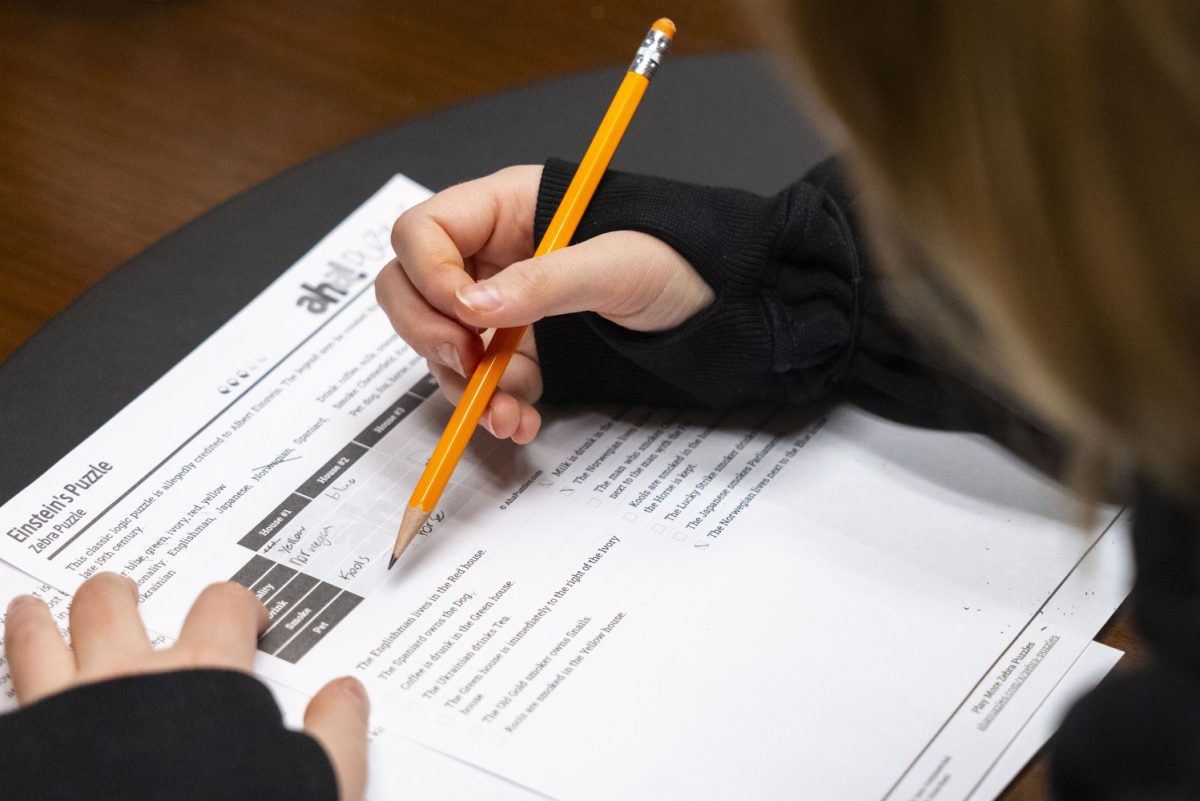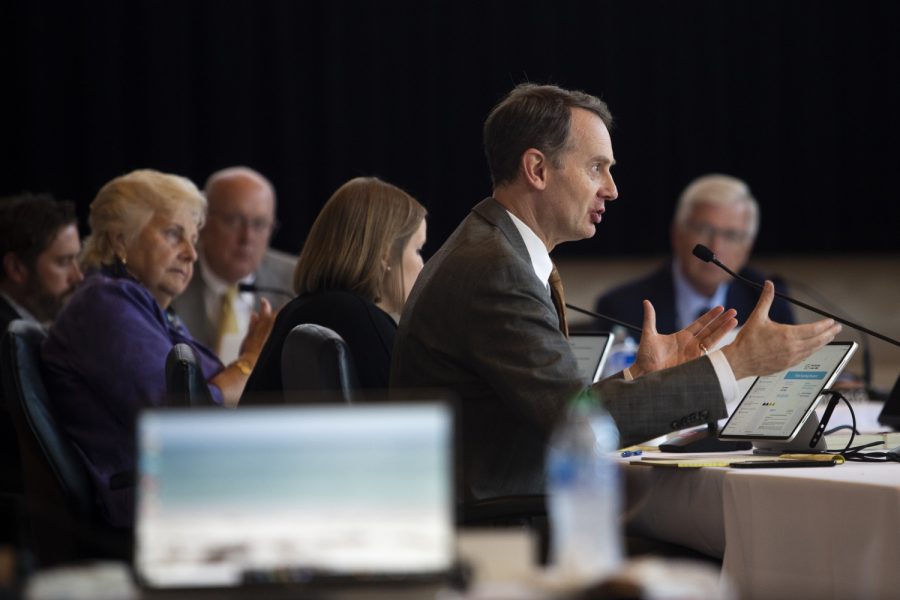Researchers at the University of Iowa are exploring new depths through hot plasma made right after the Big Bang.
The scientists use a Zero Degree Calorimeter, a heavy-ion particle detector that was designed and built at the UI to gather data. The calorimeter is located near Geneva at the Large Hadron Collider, which is considered to be the most sophisticated particle accelerator in the world.
The team of researchers at the UI is made up of roughly 25 people, ranging anywhere from research scientists, graduate, and undergraduate students, and engineers.
Yasar Onel, a UI professor of physics.astronomy who focuses his research on nuclear and particle physics, helped to start the project at the university almost 20 years ago.
Jane Nachtman, a UI associate professor of physics/astronomy who also focuses on particle physics, has helped lead the team with Onel. Together they have paired up with the Compact Muon Solenoid, another particle detector located at the Hadron.
“With the experiment, we focus on the collision of photon and proton interactions,” Onel said. “We were asked to build some detectors, and I received special funding three years ago to be able to work on the Zero Degree Calorimeter.”
The heavy-ion program runs roughly one month per year. It was started last month in November and will be coming to a close at the end of December.
Nacthman said so far the group has had exciting discoveries.
“There was the discovery of the Higgs boson, which we believe gives some matter its own mass,” she said. “We have also discovered a new particle, possibly made up of lower mass that could have implications of how quarks and gluons match.”
Researchers realized that the quark is responsible for neutrons and protons that make up the nucleus of an atom. They are especially interested in these particles because they are believed to be one of the main ingredients in the plasma from the Big Bang that created the universe.
With quarks and gluons, Onel said, another particle they have been working with are leptons. Leptons and quarks are considered to be the building blocks of matter.
“We are attempting to understand if there are smaller parts than quarks and leptons,” Onel said. “Ninety-six percent of the universe is made up of dark matter, but for some reason we can’t see any of it and are only given access to about 5 to 6 percent.”
The Zero Degree Calorimeter helps measure energy from the collision of lead-ion at zero degrees, which Natchman said is the degree where neutrons and protons move across the beam axis. With the use of other detectors, researchers can see a broad look of all the energy made.







